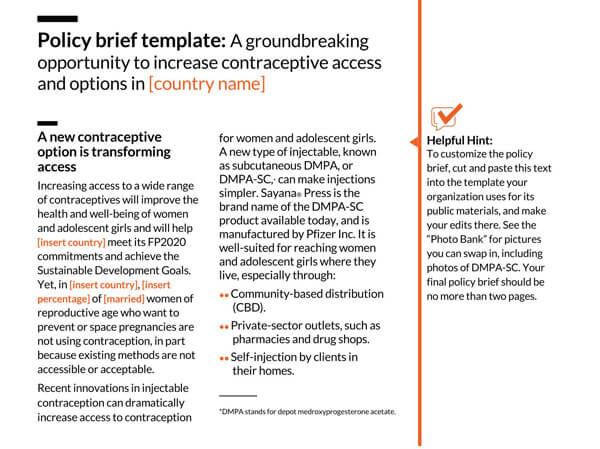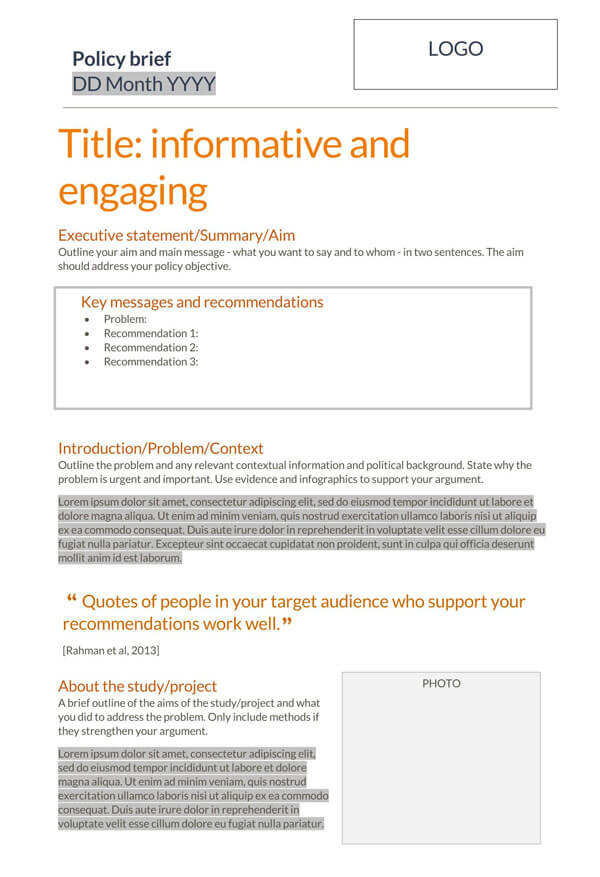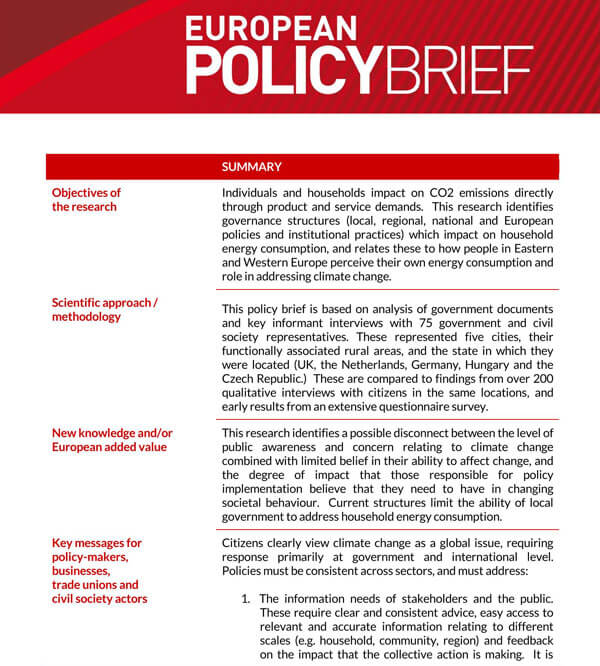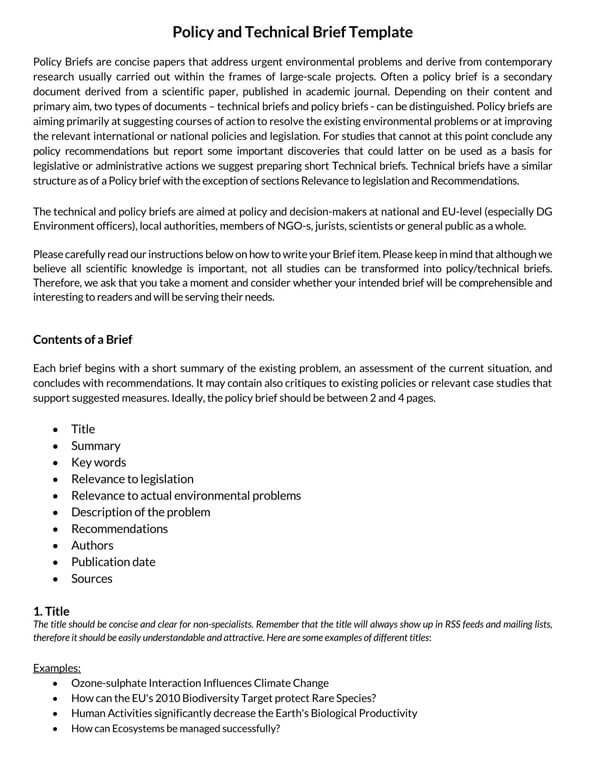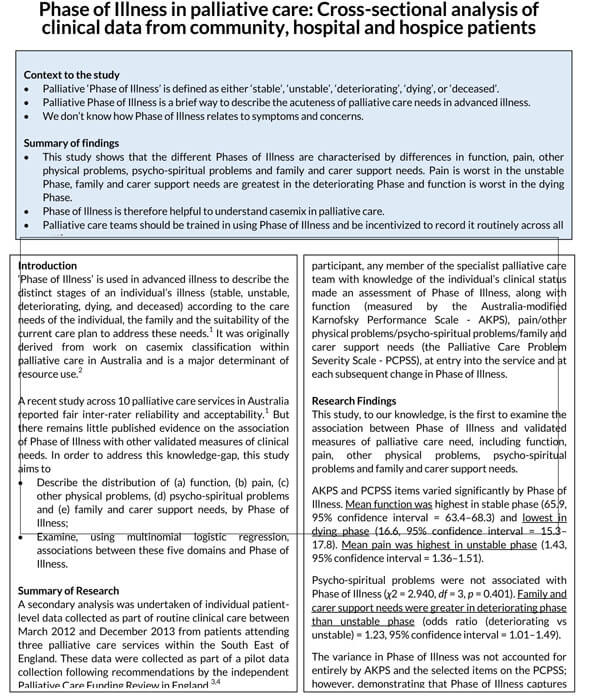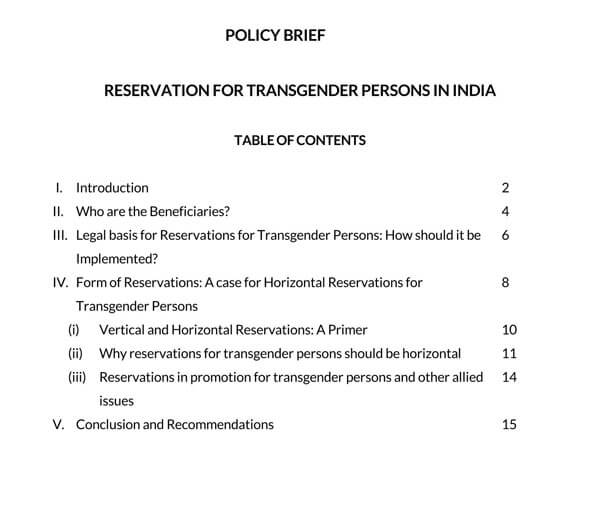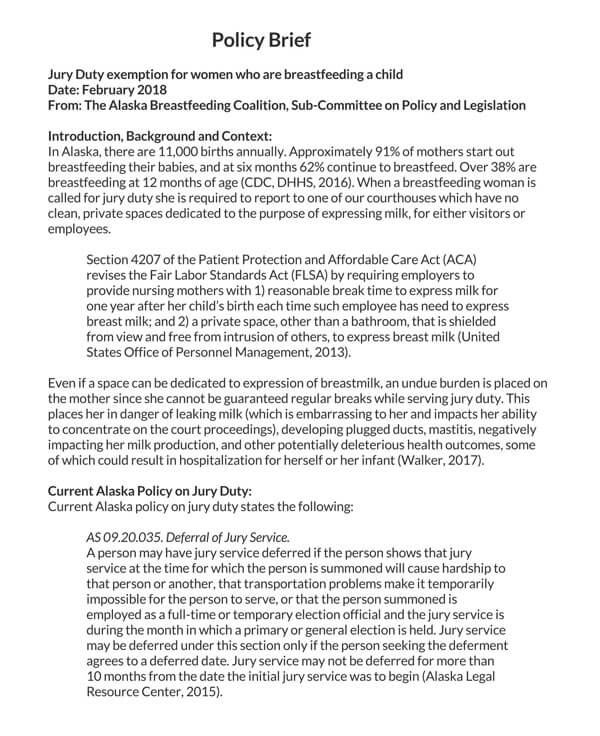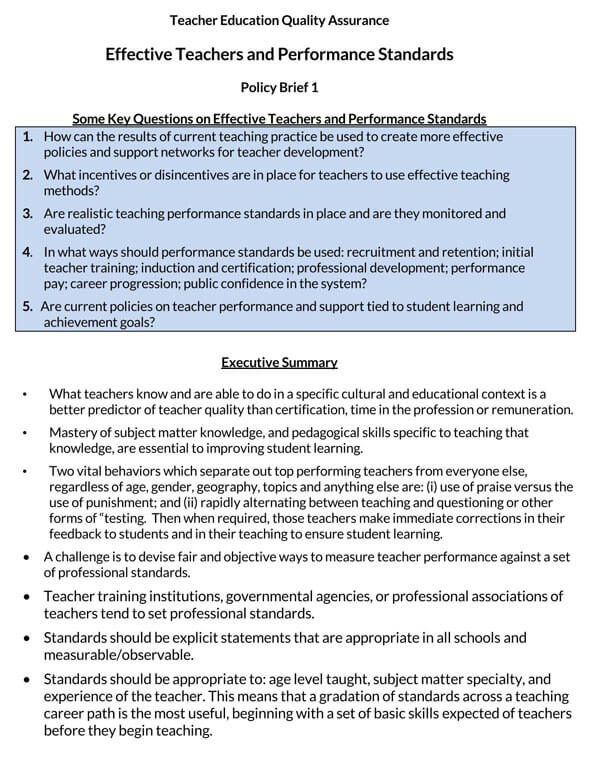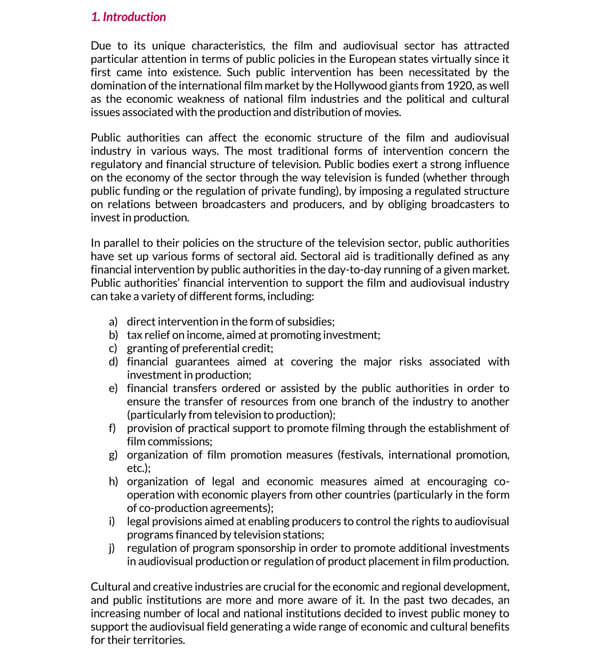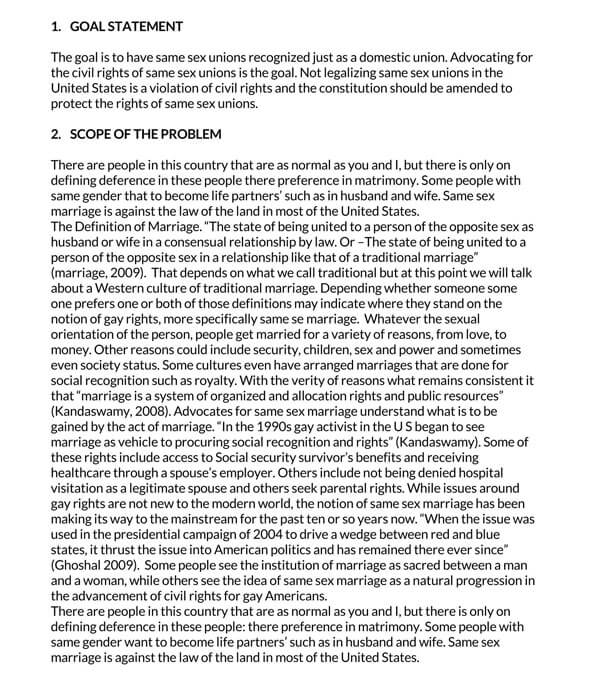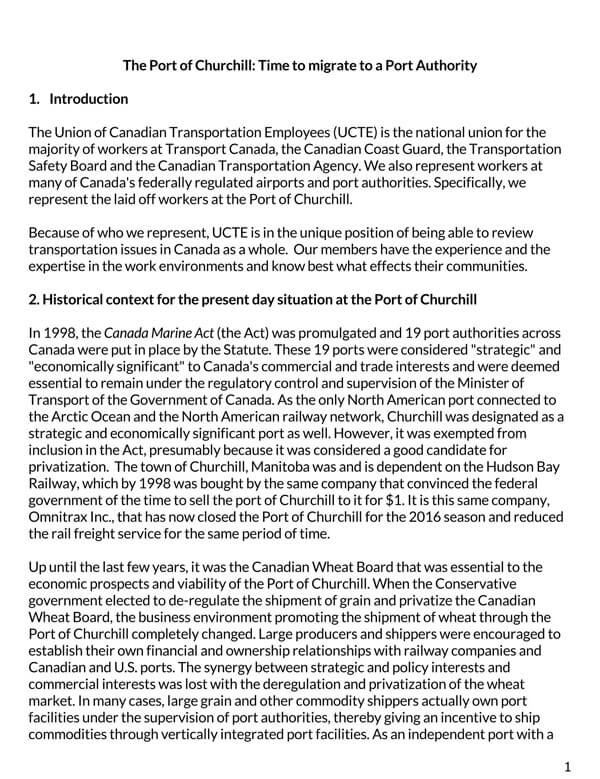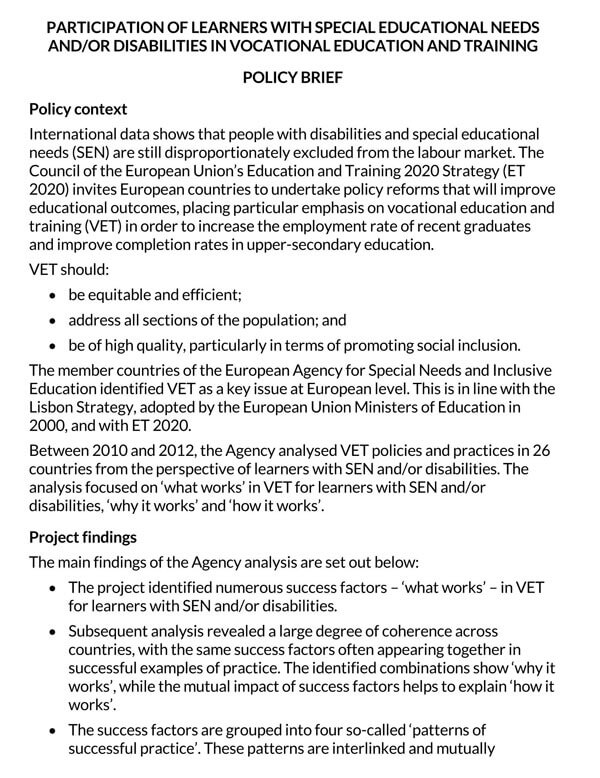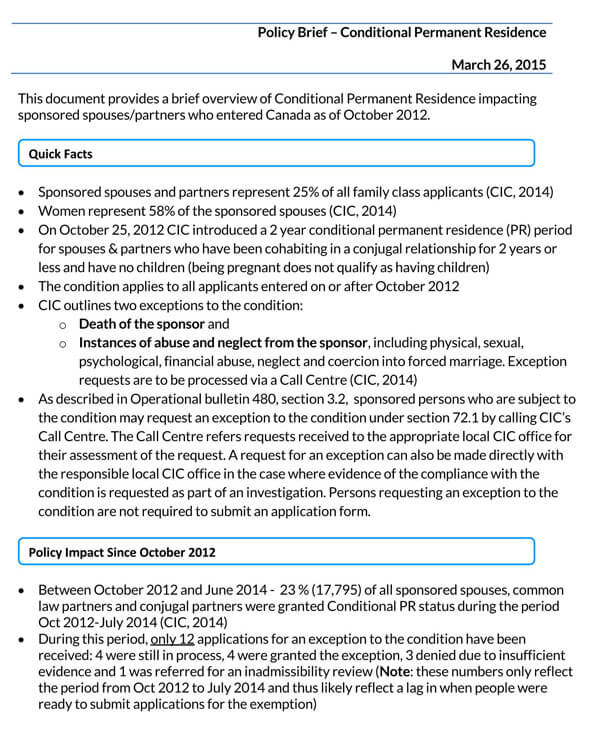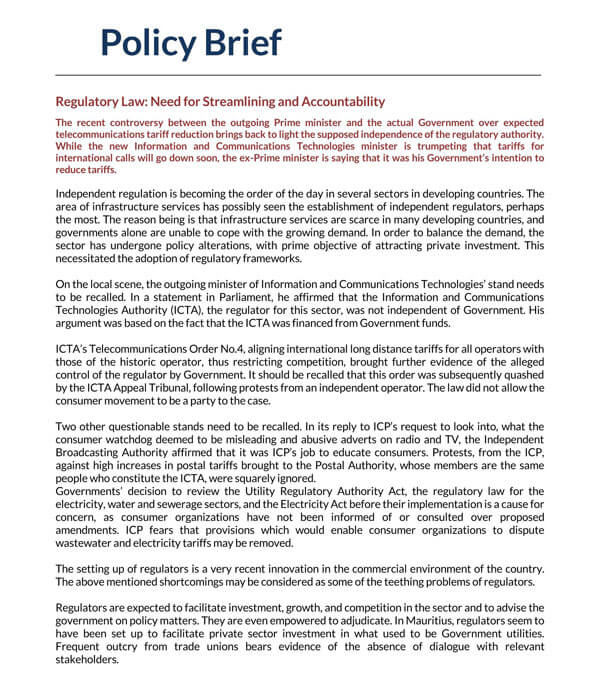Policy briefs outline ways in which researchers can disseminate their research findings, methodologies, and tools to the stakeholders from practice and policy. This article will help you understand what policy briefs are, how to write a great policy brief, what to include in a policy brief, and also provide you with templates and tips to help you come up with a great policy brief.
What are Policy Briefs?
A policy brief is a document that provides a brief analysis and explanation of policy issues and problems together with the policy options and recommendations for addressing those issues or problems.
A policy brief can take two different formats. The most commonly used format is the single A4 sheet (210 x 297 mm) format, containing around 700 words. The other format has long paragraphs and can contain up to 3000 words or 8 pages.
What to Consider When Drafting a Policy Brief
Research and understand the problems and/or issues: Start by thoroughly researching the problems or issues which have led to the need for the policy choices. You have to be well equipped with all the relevant information about the problems of the issues so as to be able to answer any questions or inquiries that may come your way after disseminating the documents.
Know your target audience: Research and know all about your primary audience and tailor the policy brief to their specific needs.
Create a list of the duties and responsibilities of the shareholders: list down all the names of the shareholders who are responsible for planning, developing, and implementing the policy brief. With this, it will be much easier for you to regulate the policy in a more organized way.
Define the recommended policy action: Defining the recommended policy action will provide you with a better picture of what you may want to include in the document. Anyone reading the policy brief should be able to know and understand from the start your reasons for creating the document in the first place.
How Do You Write a Policy Brief Outline?
Title: The policy brief should have a title that quickly communicates its contents in a manner that the reader can understand and remember much easily.
The executive summary: The executive summary of the policy brief is usually one or two paragraphs in length, and it aims to convince the person who reads it that the brief is worth their time. It is important to capture the reader’s attention by drafting a great executive summary to help them see the relevance and importance of reading the brief.
Scope or context of the problem:This part is usually aimed at convincing the audience that a current and urgent problem exists, which requires them to take the necessary action. The scope and context of the problem is usually the building block of the policy brief.
Policy alternatives: This section highlights the shortcomings of the existing policies or options that have been implemented and outlines the need for change and focuses on the key areas that change needs to occur. It also aims to convince the readers about the desirability of the policy actions you propose in your document.
Policy recommendations: The main aim of the policy recommendations section is to provide the reader with a comprehensive proposal of how the failings of the existing policy approach need to change.
Appendices: Even though a policy brief is a short and targeted document, the author may at times decide to support their arguments further hence the reason for appendices.
Recommended and consulted sources: This is a list of all the reliable sources that the author has used in the policy brief to guide their policy decisions and recommendations.
Format of a Policy Brief
A great policy brief should follow the following format:
- Title
- Executive summary
- Context or scope of the problem
- Policy alternatives
- Policy recommendations
- Appendices
- Consulted or Recommended Sources
Policy Brief Templates & Examples
If you are looking to make a policy brief, we’ve got you covered. Download our professionally designed policy brief templates to help make your document more professional and perfect.
Tips for Writing your Policy Brief
Here are some tips to help guide you when drafting your policy brief:
- Create a catchy title: come up with a great title for your policy brief that is easy for your readers to remember.
- Create a summary statement: the summary statement will make it easy for anyone reading the document to understand what it is all about.
- Include the previous policy’s statements and scope: When comparing the existing policies or the policies that you are proposing to be changed, make sure to include their scope and statements to make it much easier for the person who reads it to understand the difference.
- Talk of why you think your proposals are important: why do you think the proposals you are making should be adopted? Make it easy for the person who reads it to understand why and how you have come to the proposals.
- List down all your sources: where did you find the information that helped you make the decision that you arrived at? Make sure to list down all the sources that you used to come up with your proposals.
- Be to the point: The brief should focus on a specific issue or problem. When writing the policy brief, don’t delve into many details as this might deviate the reader’s attention. Instead, furnish the reader with enough information to help them better understand the issues and make an informed decision.
- Be based on firm evidence: The policy brief should be firmly routed on evidence from various sources. Using various sources can help the reader to understand why you have settled on the proposals that you are making.
- Be based on the meaning, not the method: Inform the reader of what you found from your research and what you recommend rather than taking them through the methodologies you applied to arrive at such recommendations.
- Relate to the big picture: In as much as the policy brief may build on context-specific findings, it should have conclusions that are more generally applicable.
How Policy Briefs are Differ from Other Kinds of Writing Assignments
- Audience: policy briefs are usually created for general readers or policymakers who have a stake in the issues or problems being addressed, while assignments are usually directed to professors, members of the academic field, or your peers.
- Tone and Terminology: The tone and terminology used when writing your policy brief should be clear and professional. Unlike other assignments where one may be allowed to use informal tones when writing policy briefs demand the use of formal tones and terminologies.
- Purpose: unlike assignments, policy briefs synthesize, present and deploy the research findings in a more specific way. For instance, a research paper might suggest practical actions on an issue or a problem, while a policy brief is likely to emphasize those practical actions strongly and develop them fully.
How Can I Identify a Problem for my Policy Brief?
A well-drafted policy brief must propose a solution to a well-defined problem or an issue that can be easily addressed at the policy level. Although this may sound easy, it can take you a lot of time and dedication to think of an issue, a problem, or a challenge in a way that is open to policy action.
For instance, “gambling addiction is young adults” may be an issue you feel strongly about. However, you cannot just implement a policy to “stop gambling or manage your gambling addiction.” To come up with the policy brief, they will need to do in-depth research on the issue and narrow it down to help them propose a more concrete policy action.
Policy Brief Recommendations
Here are points to consider when writing your policy recommendations to ensure that they are practical, actionable and easy to find.
- Highlight your recommendations on the first page, at the end or distribute them throughout the policy brief. Ensure that the readers can easily find the recommendations regardless of where you choose to place them.
- State them clearly: To make them clear and easy to identify, you can state each recommendation with an action verb and bolden highlight them properly.
- Place them strategically: you want anyone reading the document to see what you are proposing without having to dig into the long paragraphs to find them, print them in boldface or use a different colour to highlight them.
- Keep them short: Do not go into many details when making your recommendations. List at most five recommendations. If you have more than five, consider combining them or including them in a separate policy brief on different aspects of the problem that you are delving on.
- Be realistic: make your recommendations more realistic. The policymakers are more likely to consider your recommendations that they are more practical and realistic.
Conclusion
Policy briefs have become the go-to tools for facilitating evidence-based policies. They seek to inform the policymakers of the different evidence-based, robust options and how such options and help them achieve the implored results in various scenarios. We hope that this guide has provided you with all the information you need to make your policy brief.
